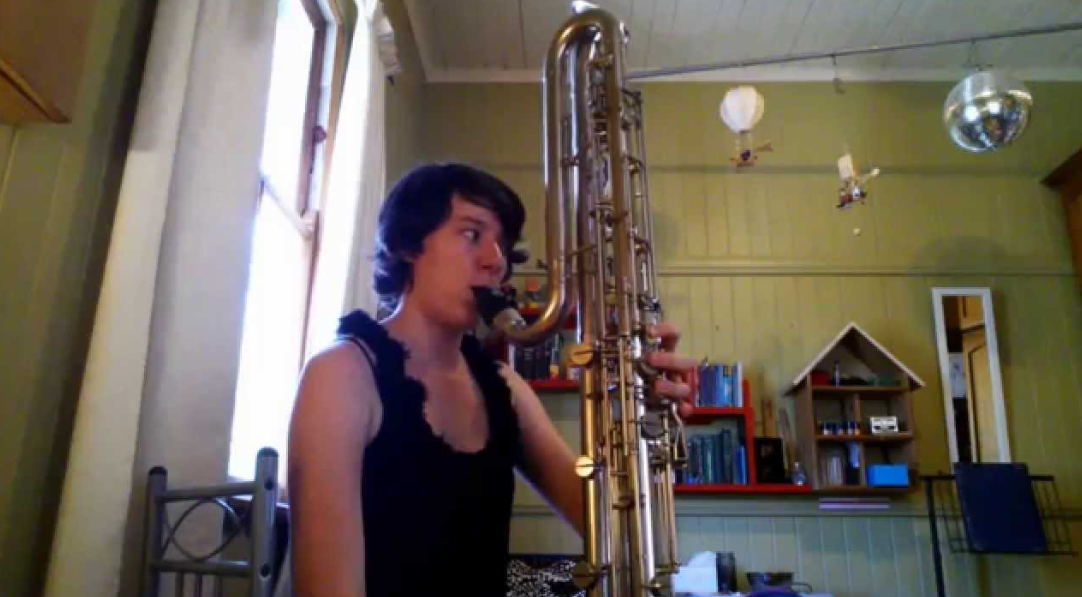The contrabass clarinet is an uncommonly beautiful instrument, but it is also an expensive one. If you take good care of your contrabass clarinet, it can last for many years. So, because of its size, it's important to take good care of your instrument in order to ensure its longevity. Here are a few tips on how to keep your contrabass clarinet in top shape:
Keep Your Instrument Clean
The first thing you should do when you get home from rehearsal or a performance is clean your clarinet. To clean your instrument, all you need is a few drops of warm water and a soft cloth or towel. Keep your instrument as dry as possible by using a towel throughout the cleaning process. Use the water drop technique on any hard-to-reach areas inside the clarinet such as around keys or under slides.
Use a Clarinet Case
If you have a case or cover for your contrabass clarinet, then use it! A case protects your instrument from dust and moisture which can negatively affect its performance over time. If you don’t have one yet, consider getting one soon – they aren’t too expensive! You can also consider getting a cover specifically designed for your instrument if you have one already because they are often more durable than cases which do not fit tightly enough around their shape.
Moisture Control
The contrabass clarinet is made from wood, which means that it absorbs moisture from the air around it over time. You do not want this moisture to stay on your instrument because if it does then it can cause warping and other problems later on down the road. The best way to prevent this from happening is through proper maintenance procedures such as drying off after playing or performing
Inspect your reeds carefully
Broken or split reeds can cause problems for the player and damage the instrument. If a reed is cracked or split, it should be replaced immediately. However, if there is only a slight crack or nick in the reed blade, you may be able to save it by using a special tool called a "reamer." This tool has an abrasive tip at one end which will sand down the damaged portion of the reed without damaging the rest of it. If you have any doubts at all about whether or not you can repair a particular reed yourself, take it to an expert who will be able to tell whether or not it's worth saving.
Check the Pegs Regularly
The pegs hold the key cups onto the barrel of your bass clarinet, so they're especially important parts of your instrument. Make sure they turn freely without resistance, and check that all keys move smoothly when played up and down. You may need to adjust them once or twice during each playing season if they become sticky over time.
Conclusion
In conclusion, a correctly set up Contrabass Clarinet will play just fine and require less time intensive maintenance. In an ensemble setting it will hold its own. If you're a soloist, however, the maintenance required on this instrument may not make it feasible to always play your contrabass clarinet. This is something for you to decide at the point of purchase. As long as you keep up with the maintenance activities, at the end of it all, it will be worth it.


